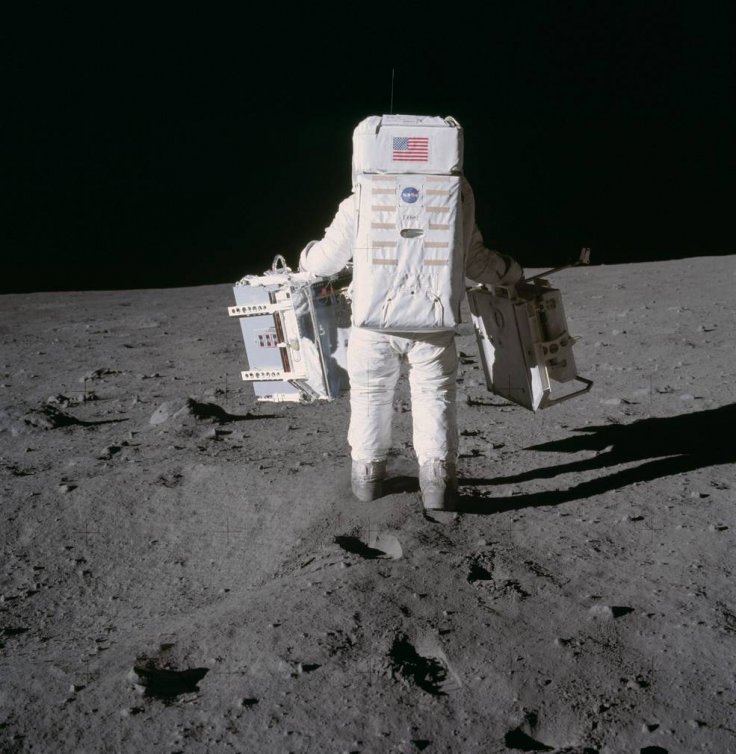
It was on July 20, 1969, that the NASA landed humans on the surface of the moon. After landing on the moon, Neil Armstrong said, "That is one small step for me, one giant leap for mankind." Interestingly, the Apollo 11 astronauts left behind an experiment on the moon that is still sending back data from the lunar surface.
After landing on the moon, Buzz Aldrin placed an arrangement of 100 quartz glass prisms in rows on the lunar surface. Later, the Apollo 14 and 15 missions also placed arrays of prisms on the moon, and the experiment is sending back data from earth's natural satellite. It should be noted that this experiment does not require any power, and as a result, it is still serving the purpose.
NASA, in a recent statement, revealed that these arrays placed on the lunar surface keep on reflecting light back to the earth.
"The longevity of the experiment can be attributed at least in part to its simplicity: The arrays themselves require no power. Four telescopes at observatories in New Mexico, France, Italy and Germany fire lasers at them, measuring the time that it takes for a laser pulse to bounce off the reflectors and return to Earth. This allows the distance to be measured to within a fraction of an inch, a few millimeters, and scientists at the Jet Propulsion Laboratory analyze the results," wrote NASA on its website.
NASA added that the data sent by these quartz prisms help researchers to determine the moon's orbit, rotation, and current orientation. These data obtained using this experiment which is almost 50 years old could be very crucial while landing humans on the moon in the coming years.
Data sent by these glass prisms also helped scientists to know that the distance between the earth and the moon increases by an inch and a half every year. Earlier, scientists had speculated that the moon had a solid core, but the data sent over the period has made space experts realize that earth's natural satellite has a fluid core.
In the upcoming lunar missions, NASA will plant more advanced reflectors on the lunar surface, and it will play a crucial role in understanding more about the moon's interior.








